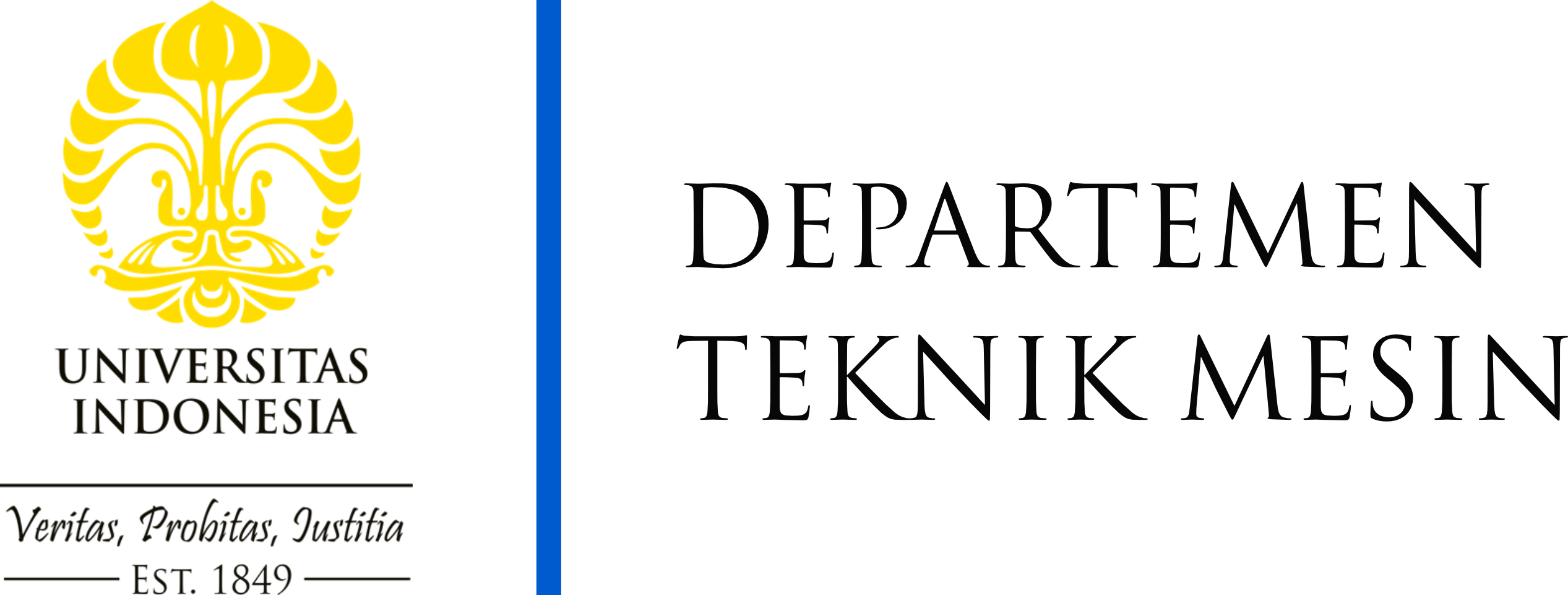danardono@eng.ui.ac.id
1983 – Mechanical Engineering, Universitas Indonesia
1989 – Mecanique des Solid, Ecole Centrale de Lyon, France
1993 – Mechanical Engineering, Universite d’Orleans, France

Electric vehicles are the future solution to realize environmental sustainability and national resiliency in the energy sector.
An electric vehicle is an alternative solution to various transportation problems in Indonesia. It is environmentally friendly and sustainable, supports the national automotive industry independence. It also supports national resiliency, one of which includes energy security. Universitas Indonesia (Ul), as a center for scientific research and developments, wants to be at the forefront of producing innovations benefitting Indonesians. Adhering to the Tri Dharma principles of Higher Education – Teaching, Research, and Community Service – Ul, through its Department of Mechanical Engineering of Faculty of Engineering (FTUI), has presented a lot of innovations and researches aimed at improving the community’s quality of life through various programs based on the latest technology in electric vehicles.

Electric Yellow Bus (e-Bikun) tangibly resulted from studies conducted by the UI National Electric Vehicle Team (Molina Ul) consisting of lecturers, researchers, and students from various study programs at UI. This innovative e-Bikun electric vehicle will continue to be developed in high hopes that it will someday replace conventional petroleum-fueled campus buses. This e-Bikun, with its 60-passenger capacity, is designed to only go at a maximum speed amounting to 50 km/h on campus and, with its fully-charged battery, it can cover an about 100-kilometer-long distance. To support the design to be fully operated, the research team is currently doing several reviews to create an Electric Vehicle Charging Station using electricity from PLN and solar cells. Moreover, the team is also conducting a study related to electric vehicle technology’s economic, legal, and socio-cultural aspects from the public’s perspective. Furthermore, the team will conduct a design concept study of the entire system of the electric bus components that will be used on campus and be utilized by the existing public transportation companies in collaboration with local automotive and car body manufacturers.
For nearly two decades, the FTUI Department of Mechanical Engineering team has been researching environmentally-friendly, energy-efficient vehicles and conducting studies on hybrid vehicles. In 2011, the Makara UI hybrid four-wheeled lightweight electric vehicle model prototype was recognized as a solution to electric vehicles’ problems that were still in their initial stages. Before electric energy charging system facilities were provided, this hybrid concept was only meant to reduce fuel consumption or increase mileage. The design of this prototype fully adopted the technology of a serial-parallel hybrid vehicle. The concept of the ‘hybrid’ was then developed further in the form of a four-wheeled light vehicle prototype powered with a combustion motor and an electric motor named BALABI (Bajaj Langit Biru). The three-wheeled e-Becak prototype with a combination of tilting tricycle models has also been made available to support the local community’s traditional public transportation system.

In addition to developing electric vehicles, the team is also conducting modeling studies to identify and improve the performance of an electric vehicle’s braking systems and other modes of transportation such as Mass Rapid Transportation and Monorail. In this study, the team is also initiating a design of the stairlift unit as a means of mobility assistance, especially for senior citizens and people with disabilities when taking stairs on a high-rise building.
